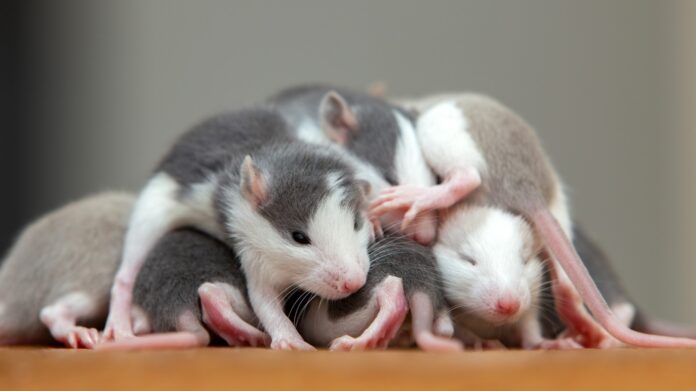According to University of Michigan researchers, if you’re struggling to sleep, it might be due to contact with a bedmate. They observed mice seeking physical contact before sleep, terming it “somatolonging.” The study, published in Current Biology, emphasizes the significance of social contact in species beyond humans.
Eban-Rothschild said, “The lack of this kind of contact was evident during the COVID-19 pandemic, during which people experienced somatolonging.”
Cuddling during sleep can disrupt mice’s sleep, similar to humans experiencing insomnia when co-sleeping. Researchers are unsure why animals and humans willingly compromise sleep in such situations. However, co-sleeping individuals show synchronization in neurophysiological measures.
Using advanced devices, researchers monitored multiple mice for 24 hours, finding that mice preferred social contact over their desired sleep location, indicating that the motivation for prolonged physical contact drives huddling behavior.
Co-sleeping individuals show synchronized neurophysiological features like falling asleep and waking up. Notably, REM sleep timing synchronized more among co-sleeping male siblings, indicating that an individual’s feeling of safety influences synchronization. The study’s authors, including Eban-Rothschild, observed this coordination, emphasizing the impact of internal states on synchronization.
The research sheds light on the complexities of sleep behavior, showcasing the intricate balance between the desire for physical contact and the potential disruptions it may cause during sleep. The study contributes valuable insights into the dynamics of sleep in social contexts.
Journal reference:
- Maria I. Sotelo, Chelsea Markunas, et al., Neurophysiological and behavioral synchronization in group-living and sleeping mice. Current Biology. DOI: 10.1016/j.cub.2023.11.065.
